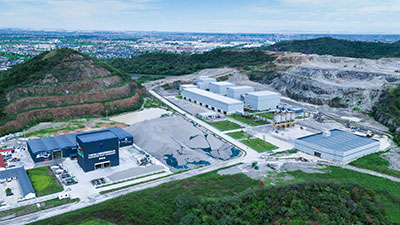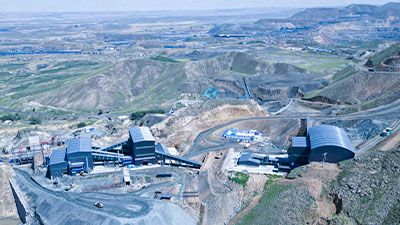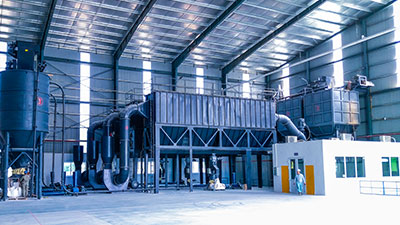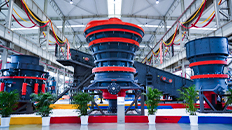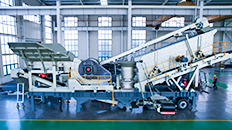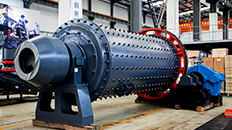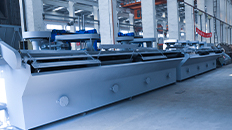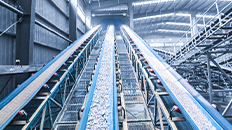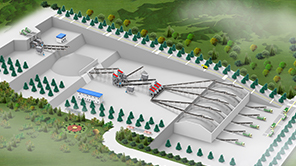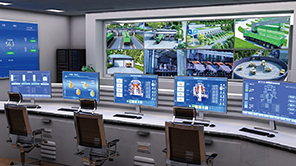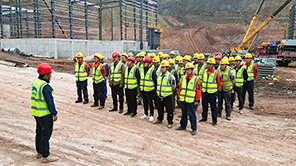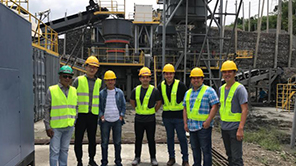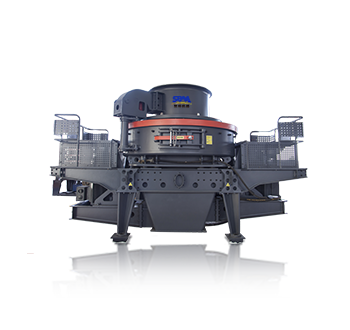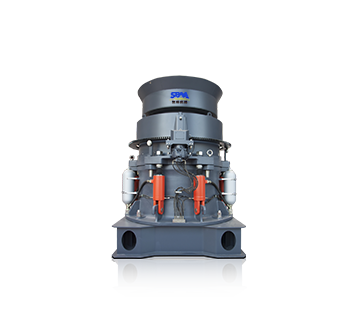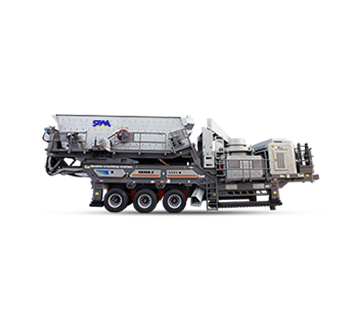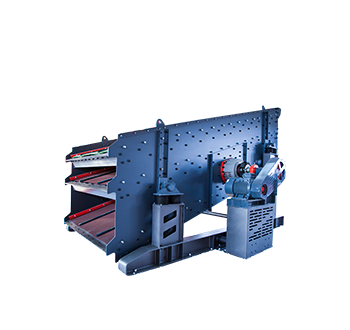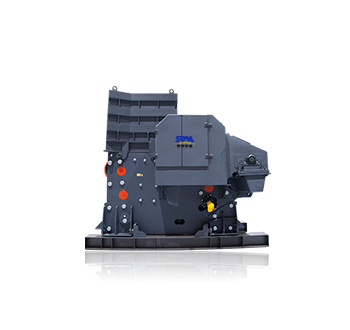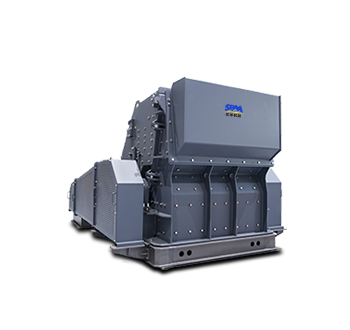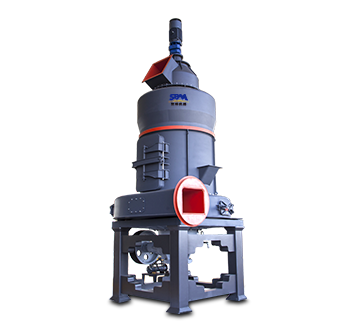Summary:This article explores how mobile crusher has transformed quarry operations by enhancing efficiency and providing a safer working environment for operators.
In recent years, SBM has introduced two new models of mobile crushers, the NK Portable Crusher Plant and MK Semi-mobile Crusher and Screen. Since their launch, they have gained popularity among customers worldwide. By 2023, we have achieved numerous successful cases of mobile crusher production lines in countries such as Malaysia, Congo, Guinea, the Philippines, Russia, Nigeria, Indonesia, Saudi Arabia, Ethiopia, and Cameroon.


According to feedback from our customers, the use of mobile crushers has significantly improved the production efficiency of quarries. These new devices, through on-site mobile crushing, have greatly reduced the time required for material loading and transportation. Simultaneously, they incorporate advanced safety designs, effectively enhancing the working security for operators. Many customers have expressed that the new mobile crushers have brought significant economic benefits to their businesses, thanks to the improved efficiency and reduced safety costs.
This article explores how mobile crusher has transformed quarry operations by enhancing efficiency and providing a safer working environment for operators.
Maximizing Productivity
Traditional stationary crushers tie production to a single location near ore sources. Hauling distances inflate costs as equipment toils transporting material. Mobile crushers circumvent this by relocating to extraction zones, shortening loading cycles.
Closer positioning cuts loading/unloading times up to 70%. Mobility also alleviates issues from depleted seams by enabling crusher redeployment once areas are exhausted. This sustains throughput.
Studies show mobile units increase utilization by 20-30% versus stationary equivalents. Continual repositioning exploits all reserves, maximizing yields. Fewer wasted man-hours are invested in non-productive hauls.
Time savings translate directly to heightened throughput and annual output. With shorter cycles, identical capacity crushers can process 30-40% more volume annually. For major producers, mobility easily adds millions in revenue.

Cost Savings
Although upfront mobile crusher acquisition entails greater outlay than renting stationary variants, lower lifetime expenses more than offset initial premiums.
Primary savings stem from reduced haulage requirements. Shortening transportation distances cuts fuel burn and maintenance for loaders, trucks. One study found a 20% cut in associated owning and operating expenses.
Fewer equipment hours also prolong component life, slashing periodic overhauls. Without constant loading/unloading vibrations, crushers endure less wear. Maintenance intervals extend.
By eliminating loading/dumping fees at fixed plants and tailings disposal costs, other overhead is trimmed. These cumulative reductions deliver 2-4 year payback periods.
Enhancing Worker Safety
Perhaps most critically, mobility rescues workers from hazardous fixed plant interfaces. Stationary crushing involves unsafe truck/machine interactions, with restricted sightlines exacerbating risks.
Mobile units reduce interaction points by 70-90%. Operators need only feed machines from ramps, not navigate congested plant roadways. Accident rates at mines adopting mobility have plunged 25-50%.
Fewer pieces of equipment on site also lessens dust/noise pollution exposures. Mobile units consolidate functions of loaders, haul trucks and ancillary plant into one package. Workers stay safer distances from sources.
Transportability liberates personnel from confined plant terrain. Exploitation can shift to remote pits with limited infrastructure, precluding development of new fixed facilities. Workers are spared associated construction dangers.
Technology Transformation
Latest innovations further heighten operator safety and efficiency. Advanced hydraulic tracking and auto-lubrication systems automate machine movements andmaintenance, eliminating hazards.
Hybrid-electric drives minimize refueling needs. On-board analytical tools continuously monitor component condition, flagging issues early to avoid breakdowns. Remote diagnostics support reduces on-site servicing.
Fleet management software plots optimum routes between pits using real-time GPS tracking. This eliminates deadhead repositioning time. AI-assisted auto-targeting uses computer vision to guide feeding for maximum throughput.
Looking ahead, 5G connectivity and automation promise greater versatility as pilotless units are remotely controlled. This will distance staff further from operational perils.
Mobile crushers have become an indispensable asset in the quarrying industry, significantly improving efficiency and operator safety. Their ability to process materials on-site, increased production capacity, and versatility in crushing operations contribute to enhanced productivity and reduced operational costs. Moreover, the incorporation of remote operation capabilities, advanced control systems, ergonomic designs, and dust suppression systems prioritizes the safety and well-being of operators.
As the quarrying industry continues to evolve, mobile crushers will remain at the forefront of innovation, facilitating safer and more efficient operations. Their positive impact on quarry efficiency and operator safety make them an essential tool for modern quarrying practices.

